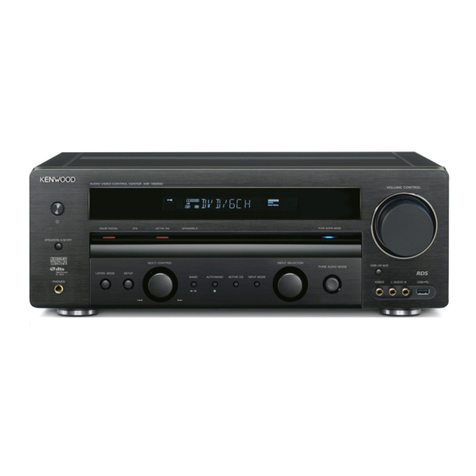Kenwood GE-7030 User manual
Other Kenwood Recording Equipment manuals
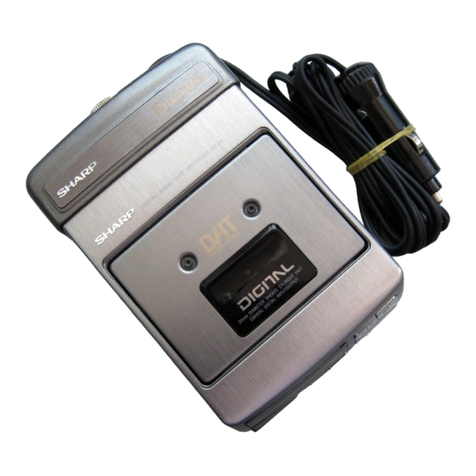
Kenwood
Kenwood DX-7 User manual

Kenwood
Kenwood KOS-V1000 User manual
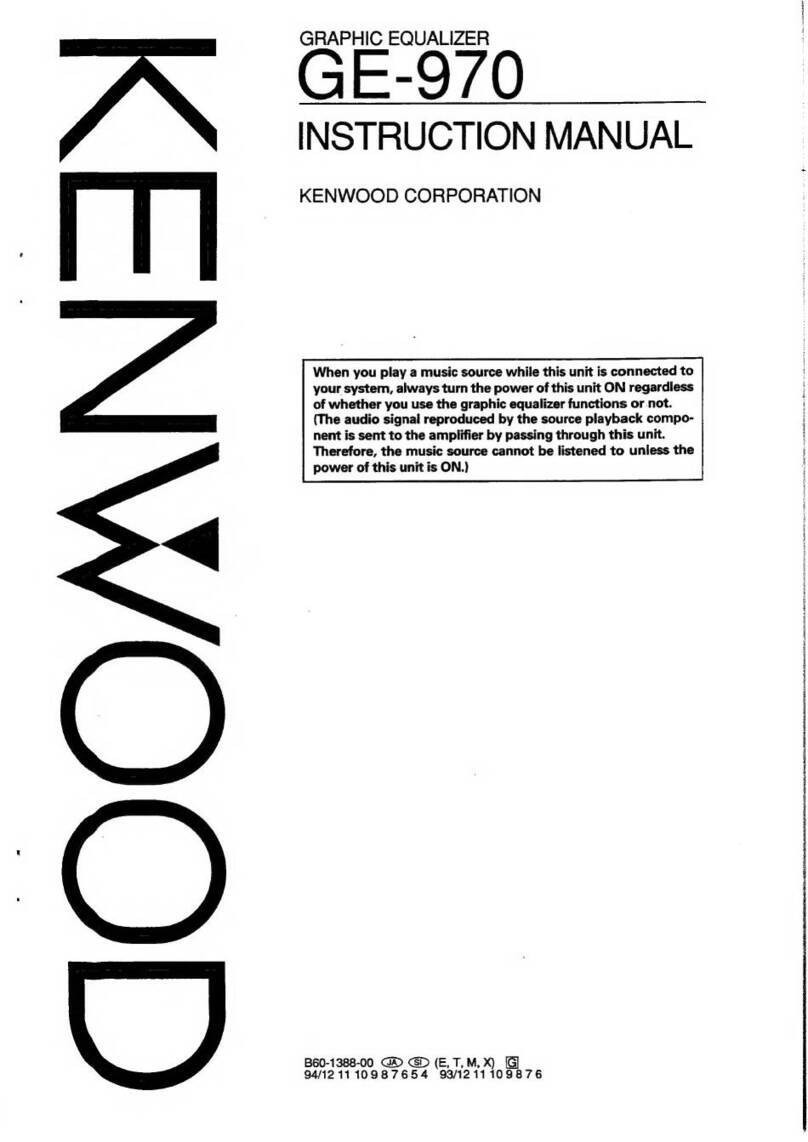
Kenwood
Kenwood GE-970 User manual
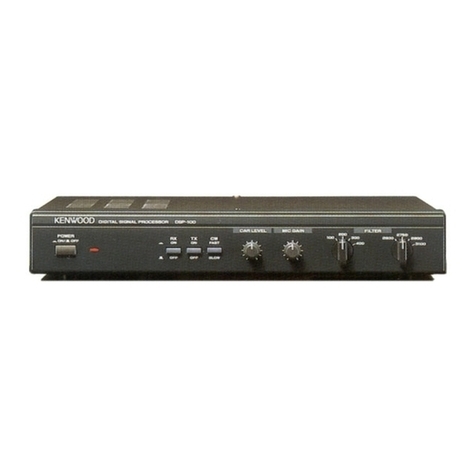
Kenwood
Kenwood DSP-100 User manual
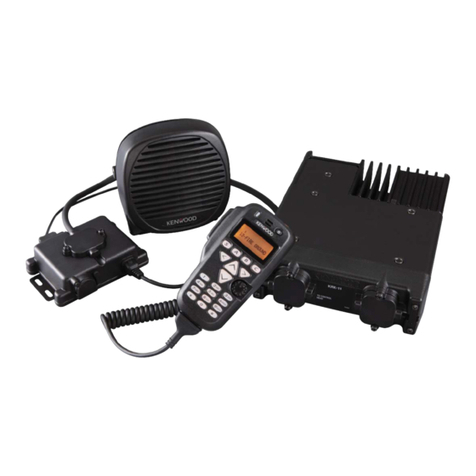
Kenwood
Kenwood KRK-11 User manual

Kenwood
Kenwood Nexedge KTI-3 User manual
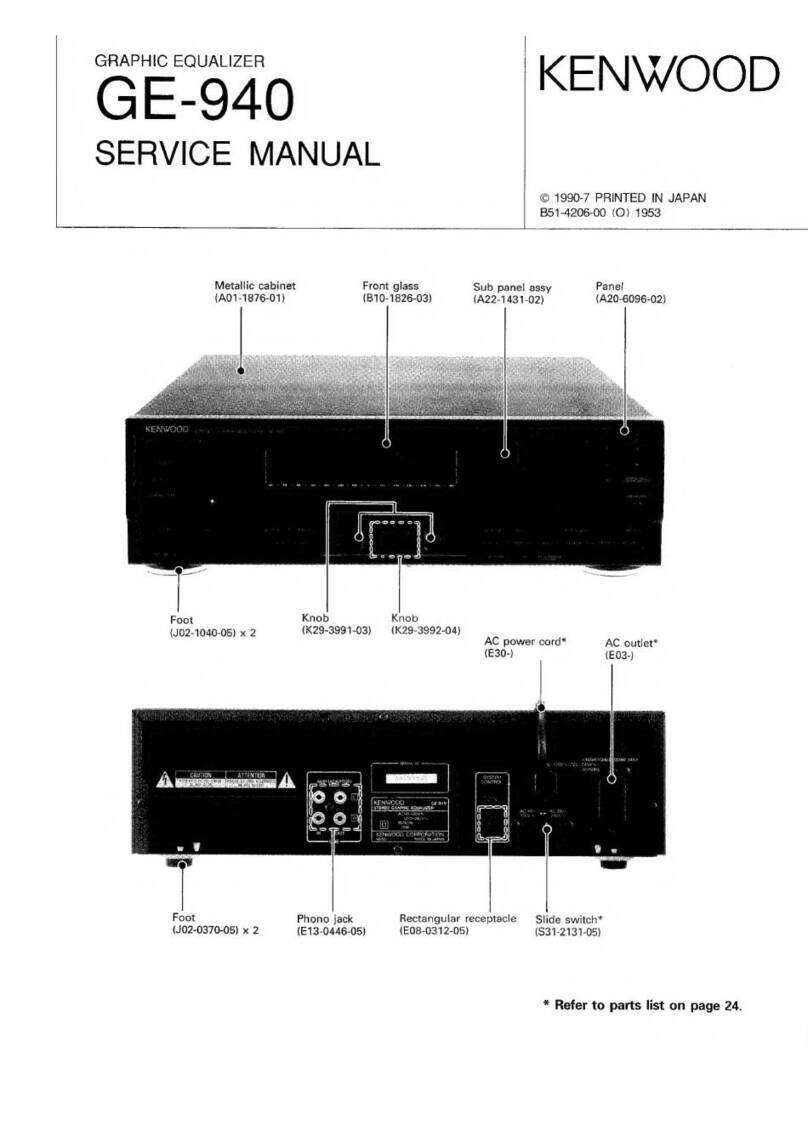
Kenwood
Kenwood GE-940 User manual

Kenwood
Kenwood KE-894 User manual

Kenwood
Kenwood TK-930 User manual

Kenwood
Kenwood MGR-A7 User manual

Kenwood
Kenwood MGR-A7 Instruction manual

Kenwood
Kenwood MGR-A7-B User manual

Kenwood
Kenwood KOS-V1000 User manual
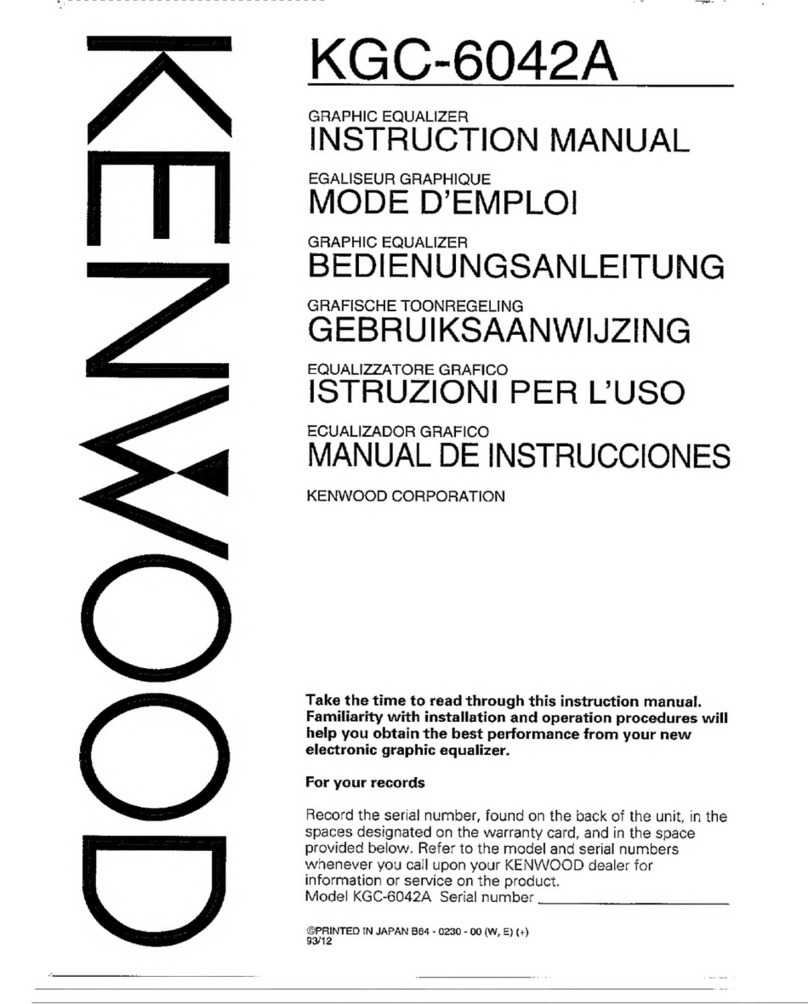
Kenwood
Kenwood KGC-6042A User manual
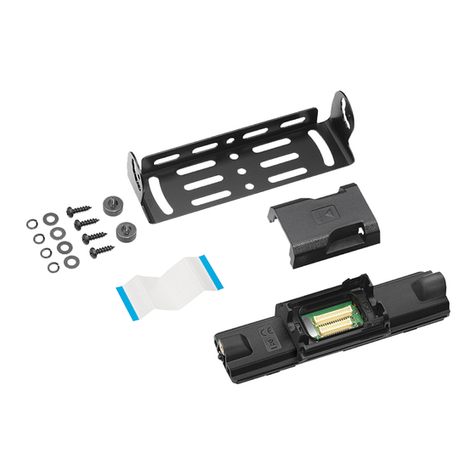
Kenwood
Kenwood KRK-18H User manual

Kenwood
Kenwood TK-930 User manual
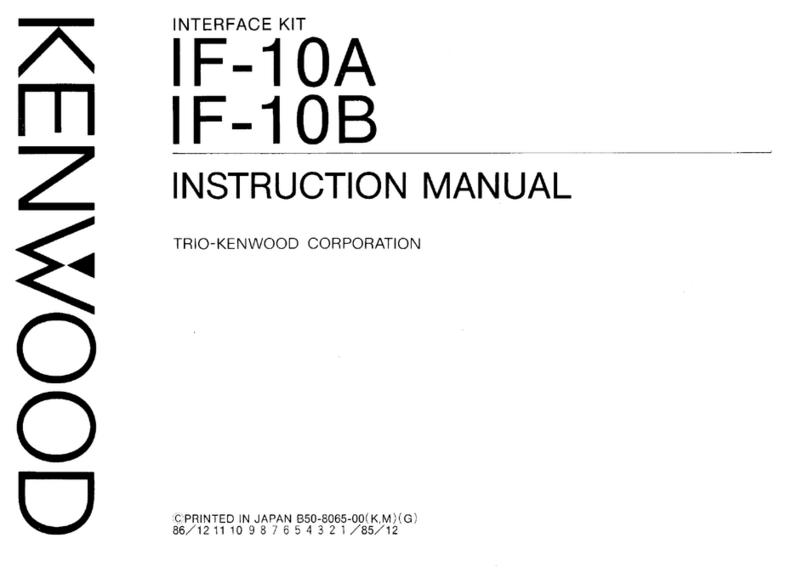
Kenwood
Kenwood IF-10A User manual

Kenwood
Kenwood GE-4030 User manual
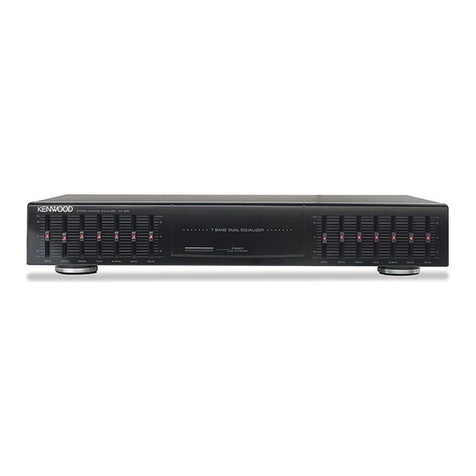
Kenwood
Kenwood KE-205 User manual
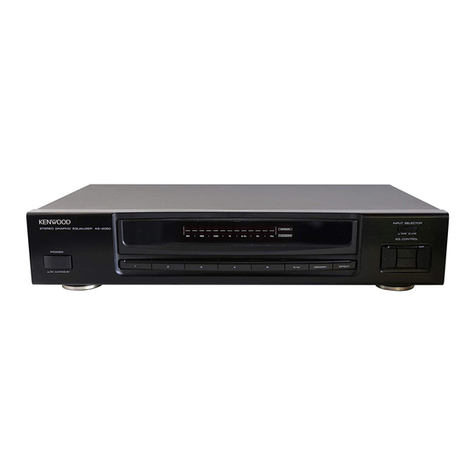
Kenwood
Kenwood KE-2060 User manual

